Ten years have passed since the official opening ceremony of Prato’s Praetorian Palace Museum, which opened on April 12, 2014, after a complex restoration of the Palace, which began in 1998 and has been home to the Civic Museum since 1912. And many projects have been realized, guided by a single goal: to be an interpreter of contemporary times and to become increasingly inclusive. On the occasion of its 10-year anniversary, the museum is sharing seventeen works that until now have been kept in storage and now find their place in the new room “From storage to museum: paintings of the 15th and 16th centuries,” located on the second floor in the recently restored area of the former Pawnshop. The exhibition itinerary thus expands with a nucleus of 15th-century masters documenting the cultural climate reflected in the many workshops active in Florence and its suburbs; and with the valuable collection of Sacred Families and Madonnas with Child from the 16th century consisting of ten paintings.
The new room is part of a project to expand the museum’s offerings that will soon see two more spaces dedicated, respectively, "Prato before Prato" with archaeological artifacts from the territory and the nearby area of Gonfienti, site of an Etruscan settlement from the 6th century B.C., also enriched with multimedia content, and to the Museum of the Risorgimento, with a collection of relics from the ancient Museum of the Risorgimento that from the early 20th century was set up in the Pretorio and still preserved in the deposits. These exhibits are in addition to the recent multi-sensory parallel path enriched with interactive content, works to touch and listen to, guides in sign language, and new multimedia devices.
“Aware that a museum should be open and usable,” explains Rita Iacopino, Director of the Museum of Palazzo Pretorio, “we propose this selection of canvases and painted panels in the conviction that all the preserved heritage should be increasingly visible and accessible. Many of the works presented do not have certain attributions or were made by little-known masters: by bringing them out of the penumbra of storage, we make them available to scholars and researchers who can help unveil their history. This room thus becomes a place of study, open to all.”
The works exhibited in the new room have been presented to the public at temporary exhibitions, or have found their way into previous Civic Museum displays. They are thus other masterpieces from the municipal collections, not included in the itinerary designed for the reopening of the Praetorium in 2014. These paintings finally find a suitable location in one of the rooms of the former Pawnshop, thanks to the expansion of the restored exhibition spaces inaugurated with the exhibition Legati da una cintola. Bernardo Daddi and the Identity of a City in September 2017.
The nucleus of paintings by masters of the 15th century opens a glimpse into lesser-known names, but protagonists of the cultural temperament animated by the many workshops that, especially in Florence, contributed to the development of themes and stylistic modes derived from the most important artists. Exchanges between major workshops and minor workshops working in close proximity and often sharing suppliers and patrons concurred to spread and repeat models, but also to update style and technique and to pass on professional skills. This is the climate narrated by the beautiful painted panels, designed primarily for private devotion in which alongside established attributions emerge uncertainties about names that repeat characteristics and details traceable, rather than to an author, to a workshop or sphere of influence. Only Tommaso di Piero Trombetto, thanks to studies that have reconstructed his artisticcareer, is a documented painter in Prato: to him and his workshop we owe the continuation of Filippino Lippi’s language in the Prato area with popular accents and simplification of themes, which translate into an easily understandable language. The beautiful tondo with the Madonna and Child exemplifies the lateness of this language still strongly linked to the translation of 15th-century models in comparison with the Sacred Families exhibited here, which-slightly later-already speak a 16th-century language.
The small collection of Sacred Families and Madonnas with Child from the 16th century consists of ten paintings: the beauty and artistic vivacity of the compositions brings out the richness of the land of Prato, in which, in the shadow of the great Florence, lesser-known personalities tried their hand, radiating from the Medici capital to the suburbs, reworking a language conditioned by the dominant artistic culture. As in the 15th century, models of paintings by the famous masters propagated into the 16th century, spreading replicas of works often at the explicit request of the patron. The models are those of Raphael and especially Andrea del Sarto, considered the most copied artist in the artistic scene of the period to whom Vasari acknowledges the primacy of invention, drawing and coloring and whom Filippo Baldinucci considers “the best painter that Tuscany has had.”
One copies by study or by deception, but in the versions exhibited here, of the “interpretive” type, the exercise of homage to the master prevails, reinterpreting-sometimes in a truly original way-models of works at that time visible in Florence or known through preparatory drawings. The abundance of these specimens, some of them from the Hospital of Misericordia and Dolce, testifies to a peripheral culture, but no less attentive to contemporary feeling, in which prevail those devotional instances that first with Fra’ Bartolomeo and shortly thereafter with Andrea del Sarto marked the artistic culture of Prato dominated by Pierfrancesco Riccio, butler and secretary of Cosimo I de’ Medici, connected to the reformed Florentine milieu and protector of artists such as Zanobi Poggini and Giorgio Vasari, as well as benefactor of the Hospital of Mercy. The restoration of most of the works displayed in this room was supported by the Lions Club Prato Castello dell’Imperatore and the Fondazione Cassa di Risparmio di Prato.
“We are celebrating 10 years since the opening of the Praetorian Palace Museum with the unveiling of a new room, proving that the Praetorian has never stood still: exhibitions, new rooms, inclusive languages, an autism-friendly cultural hub, are evidence of how art is able to involve everyone with its beauty and ability to communicate. From today on the second floor, works from the 15th and 16th centuries can be admired from the deposits, thanks to the willingness to invest in enhancing the existing heritage,” says Matteo Biffoni Mayor of the City of Prato.
“In these ten years, the Civic Museum of Palazzo Pretorio has become a point of reference in the panorama not only of Tuscany. Constant work - led by Director Rita Iacopino, all the staff and the Scientific Committee - has made it possible to weave relationships and consolidate and enrich an invaluable heritage. The administration’s decision to expand the Collection’s itinerary recovers the idea of Gae Aulenti and Bianca Ballestrero’s project and restores with even greater adherence the history, not only artistic, of our territory,” adds Simone Mangani, Councillor for Culture of the City of Prato.
 The
The
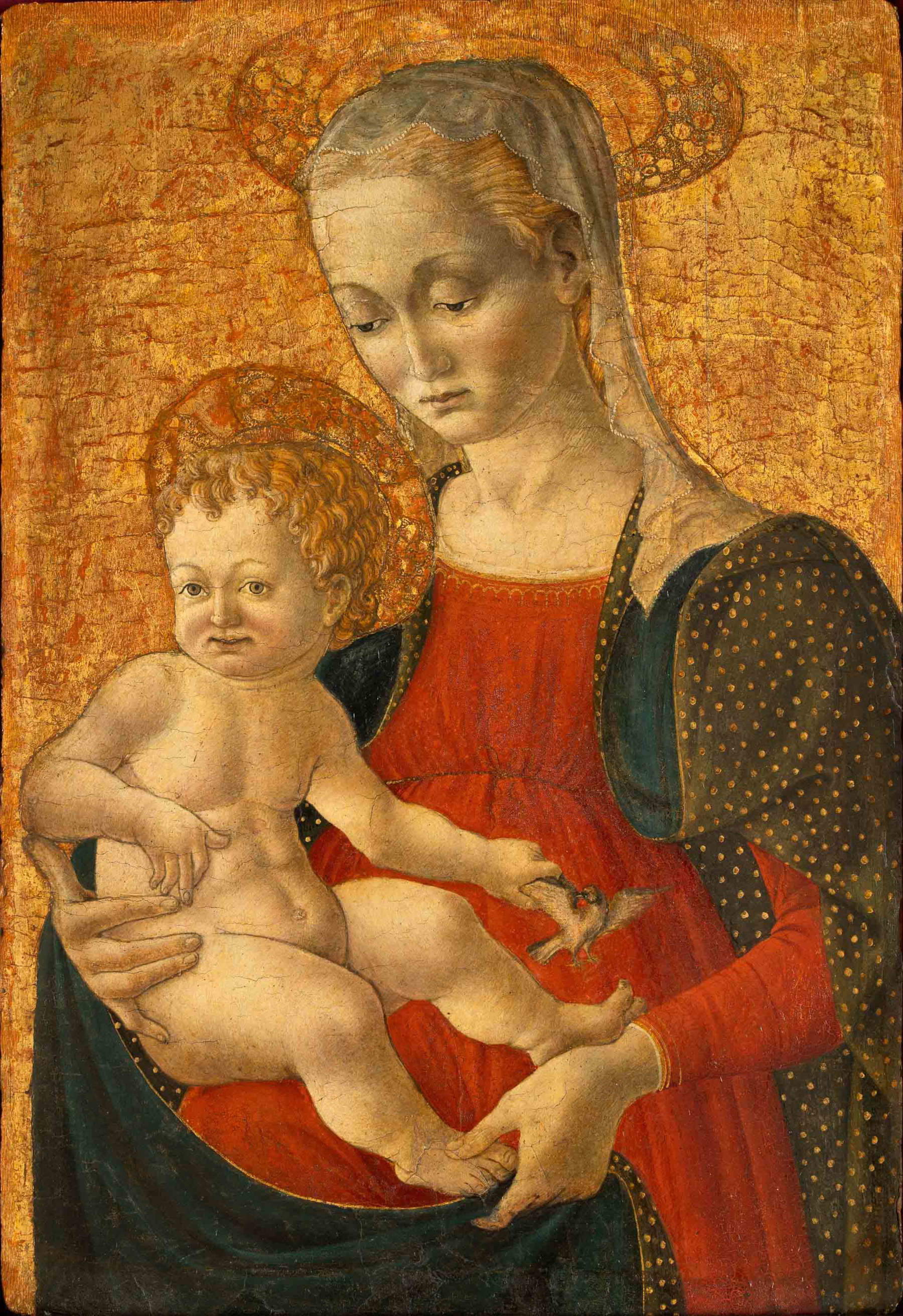
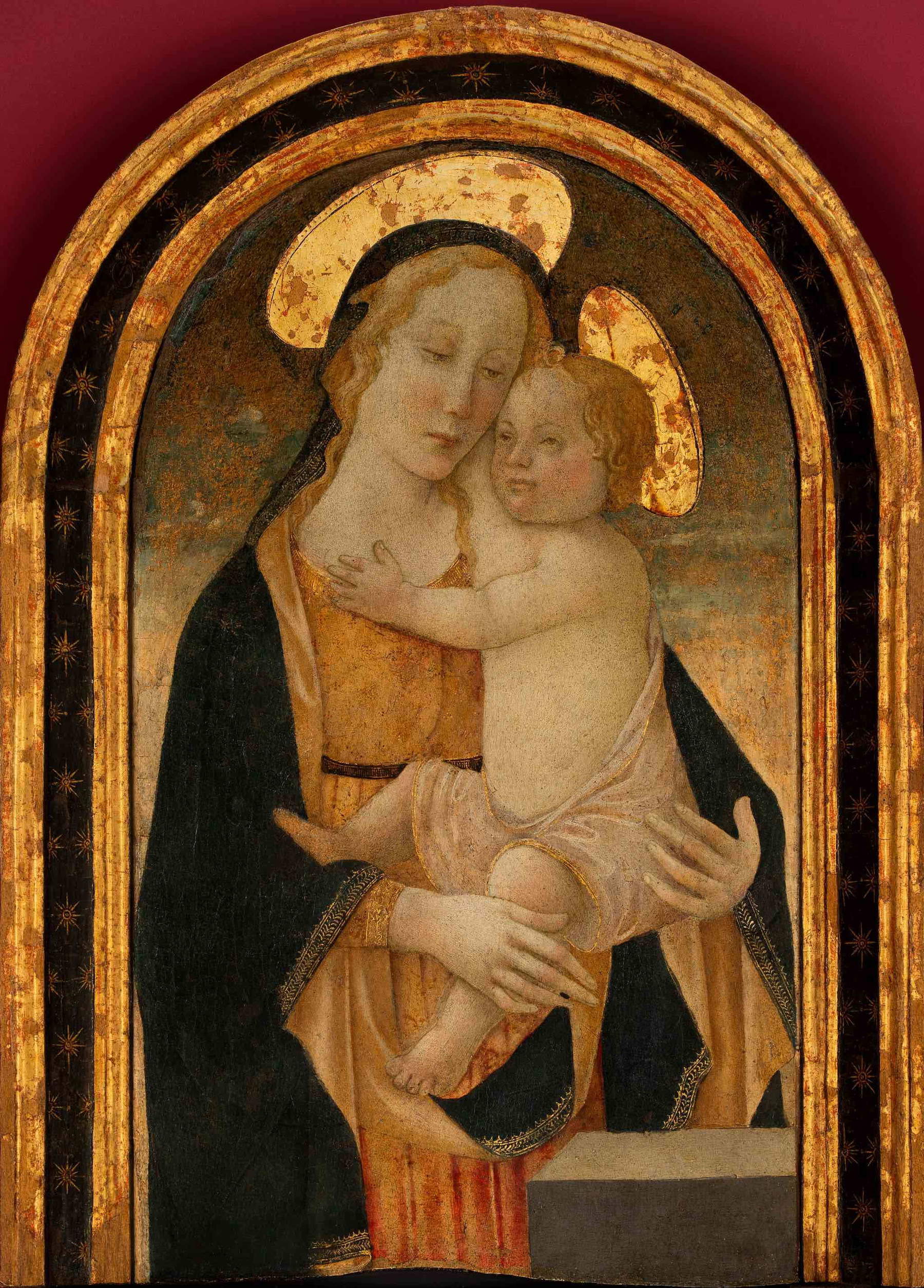
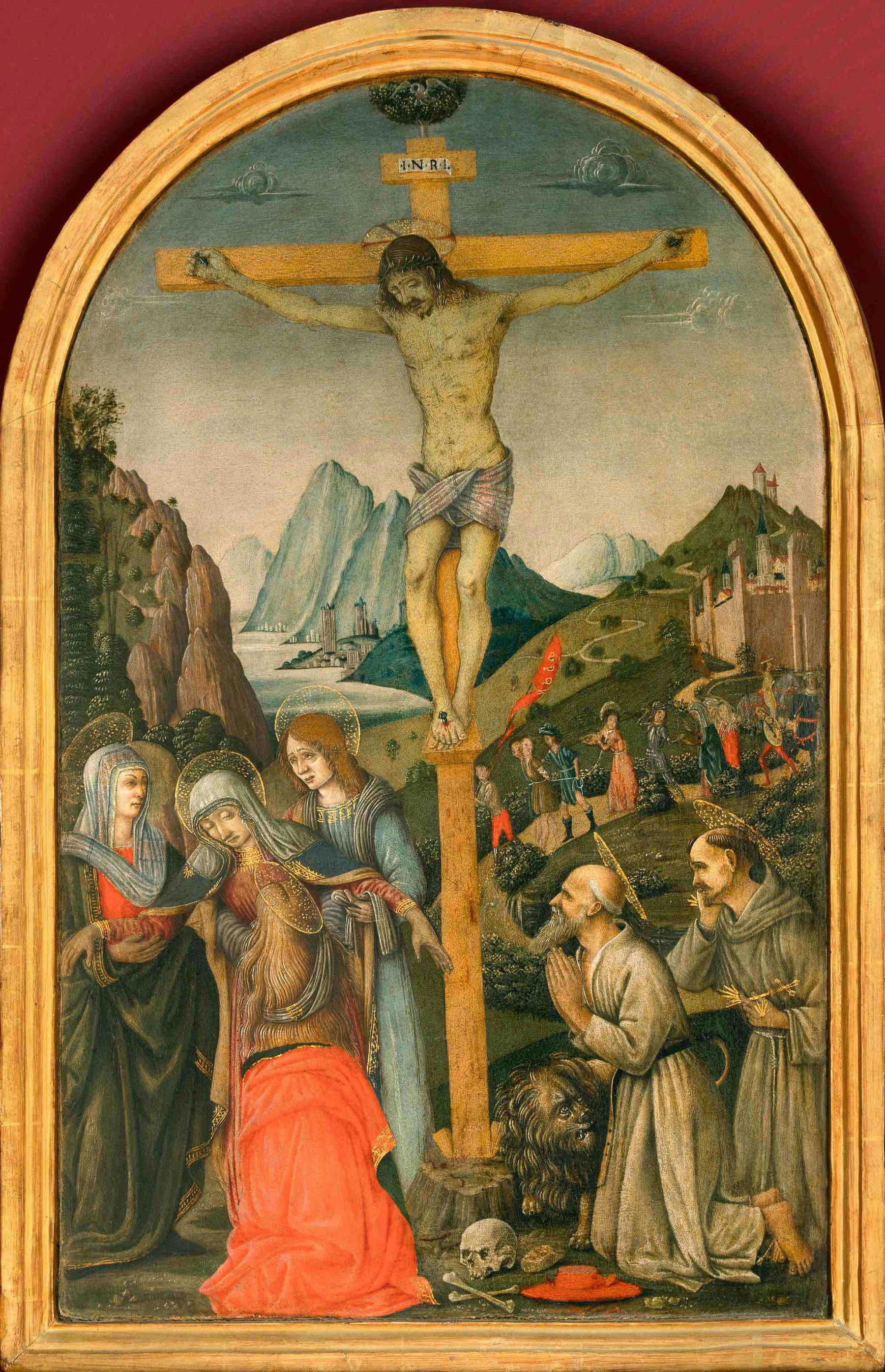


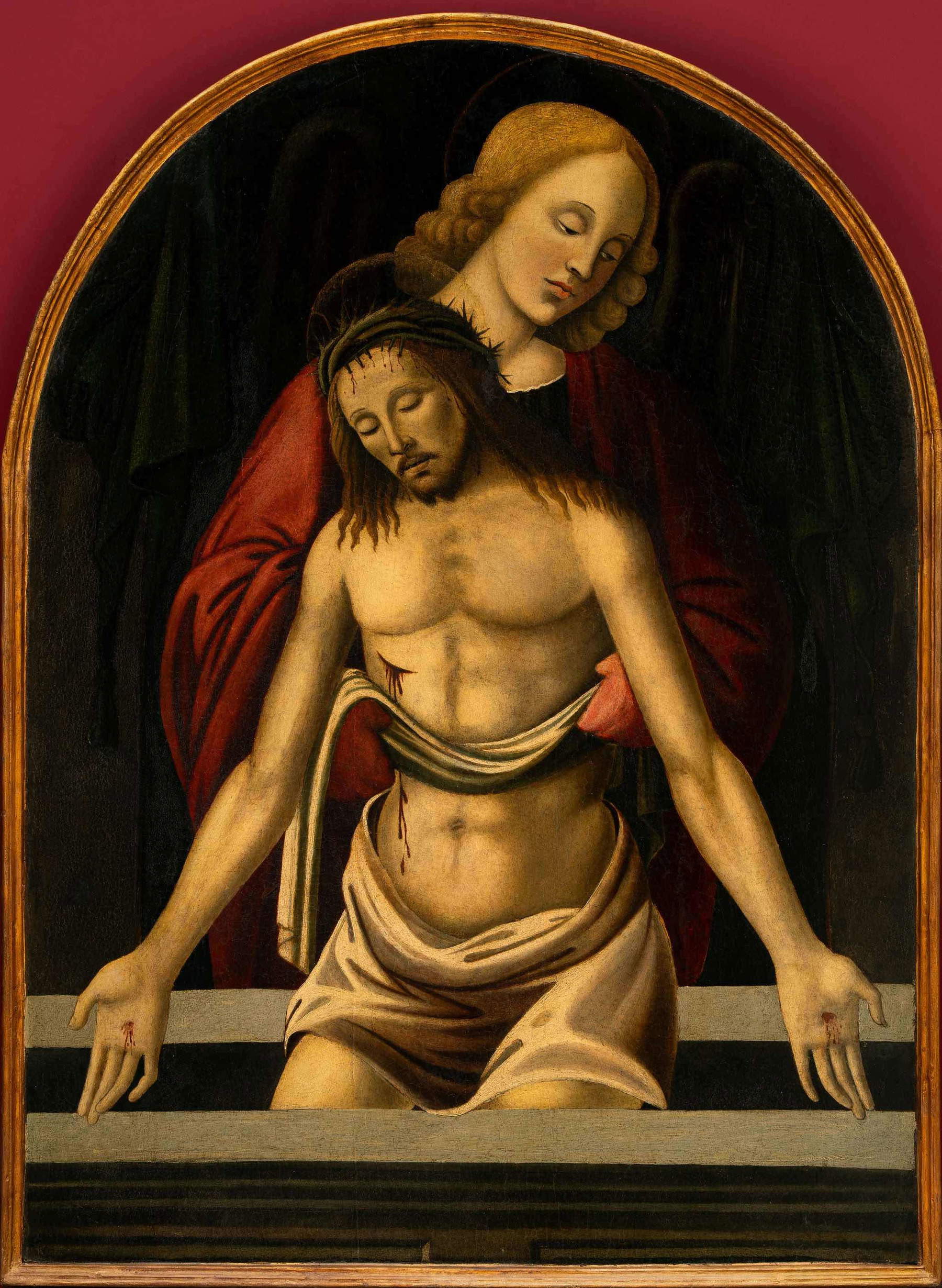
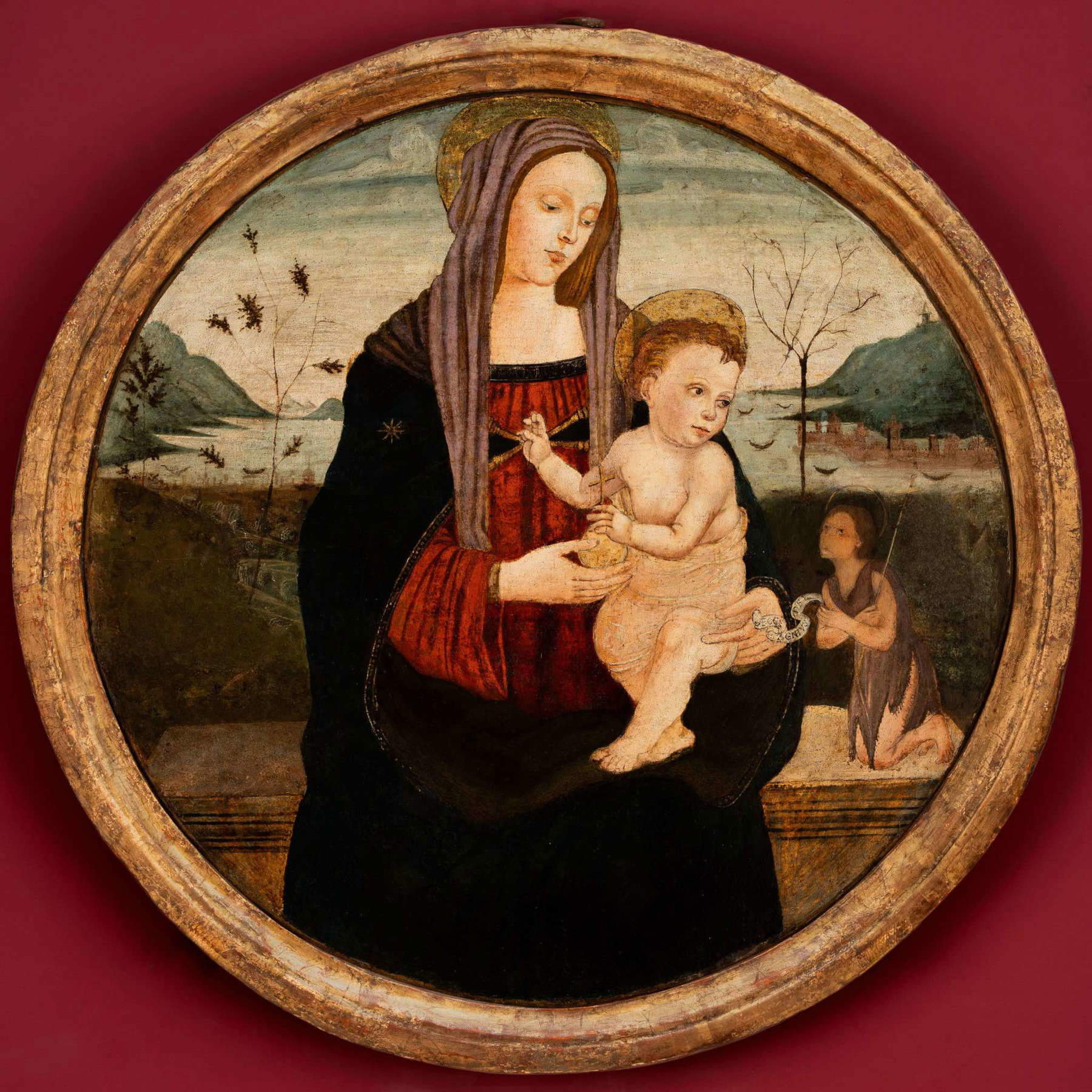


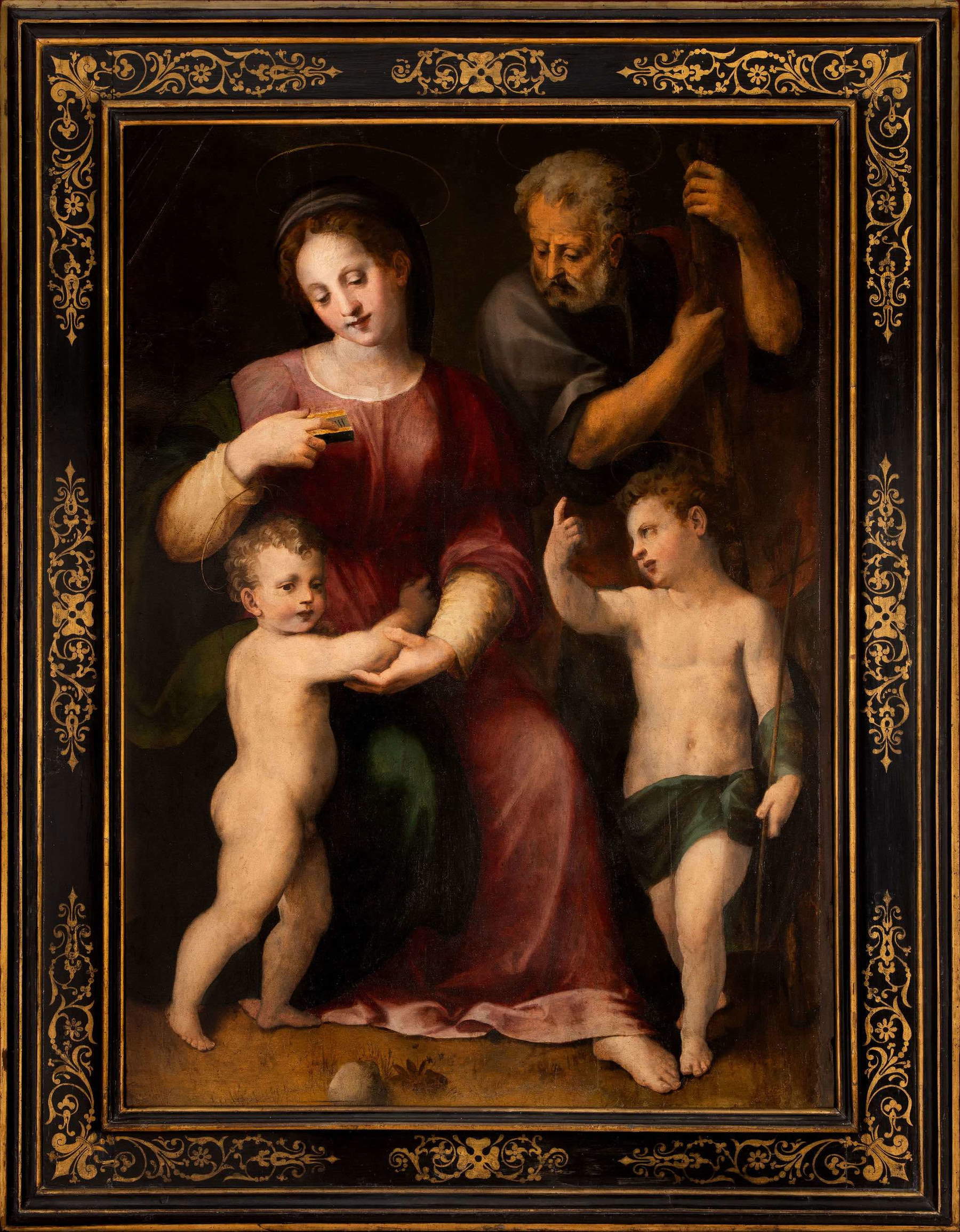
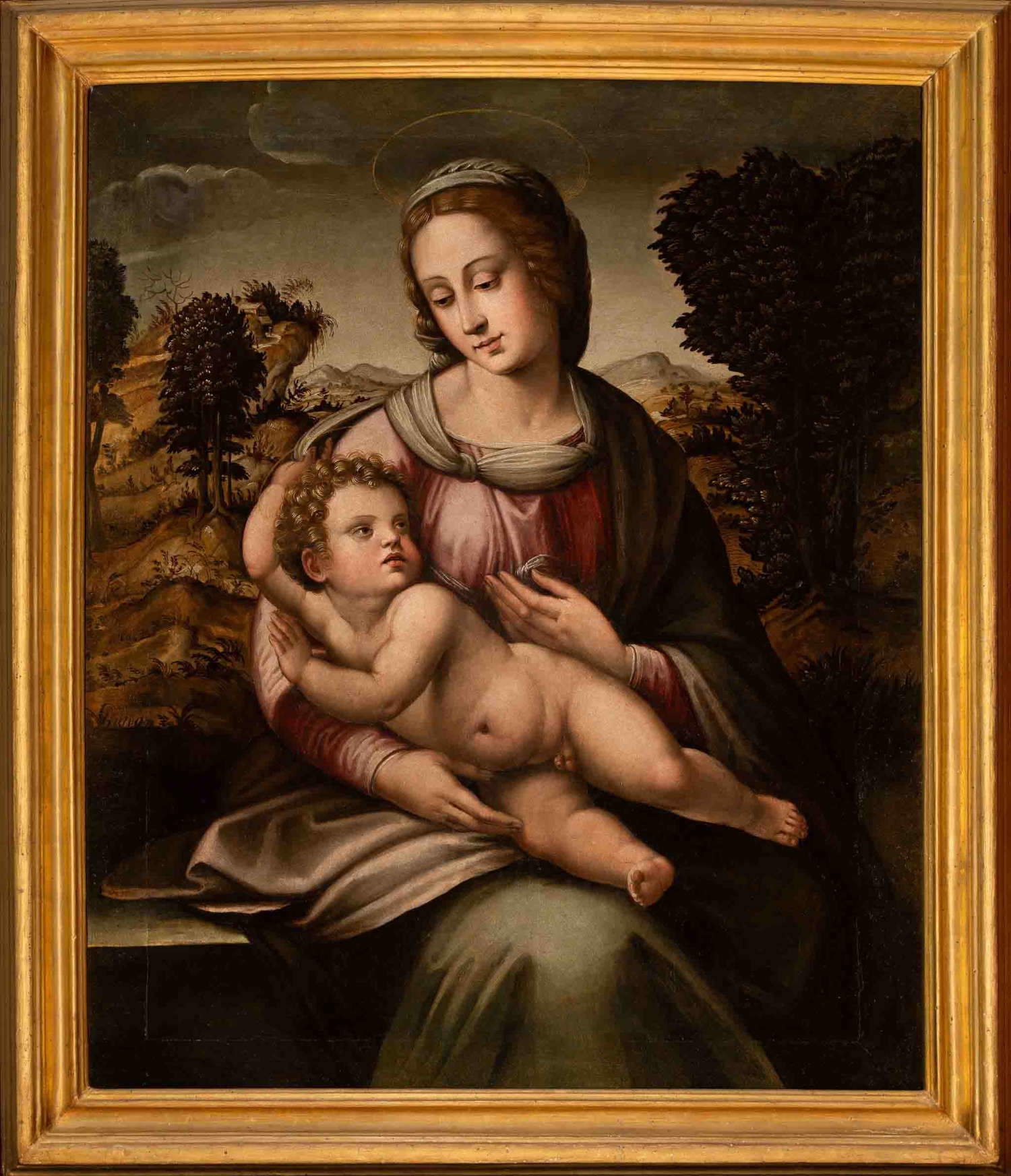
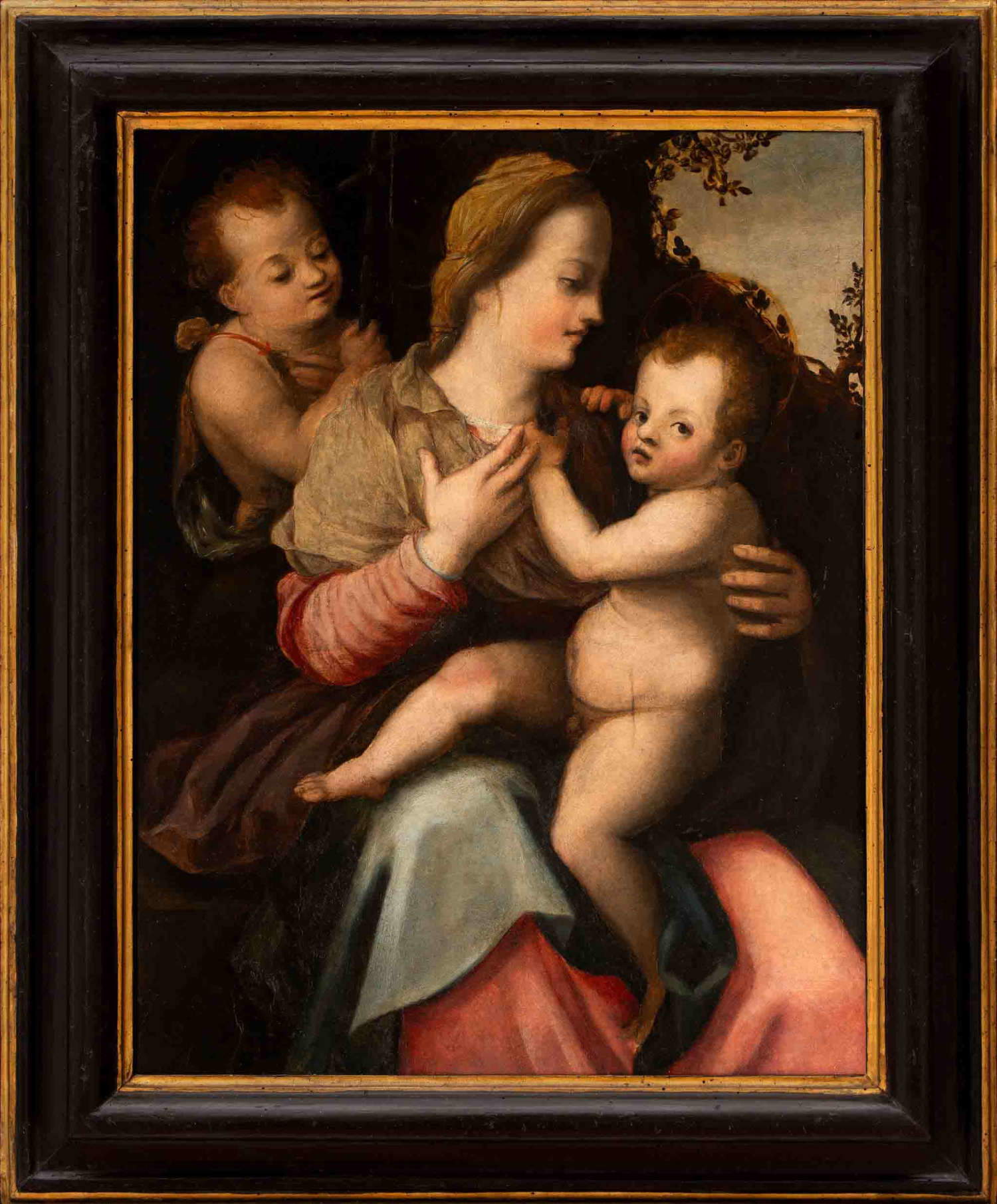
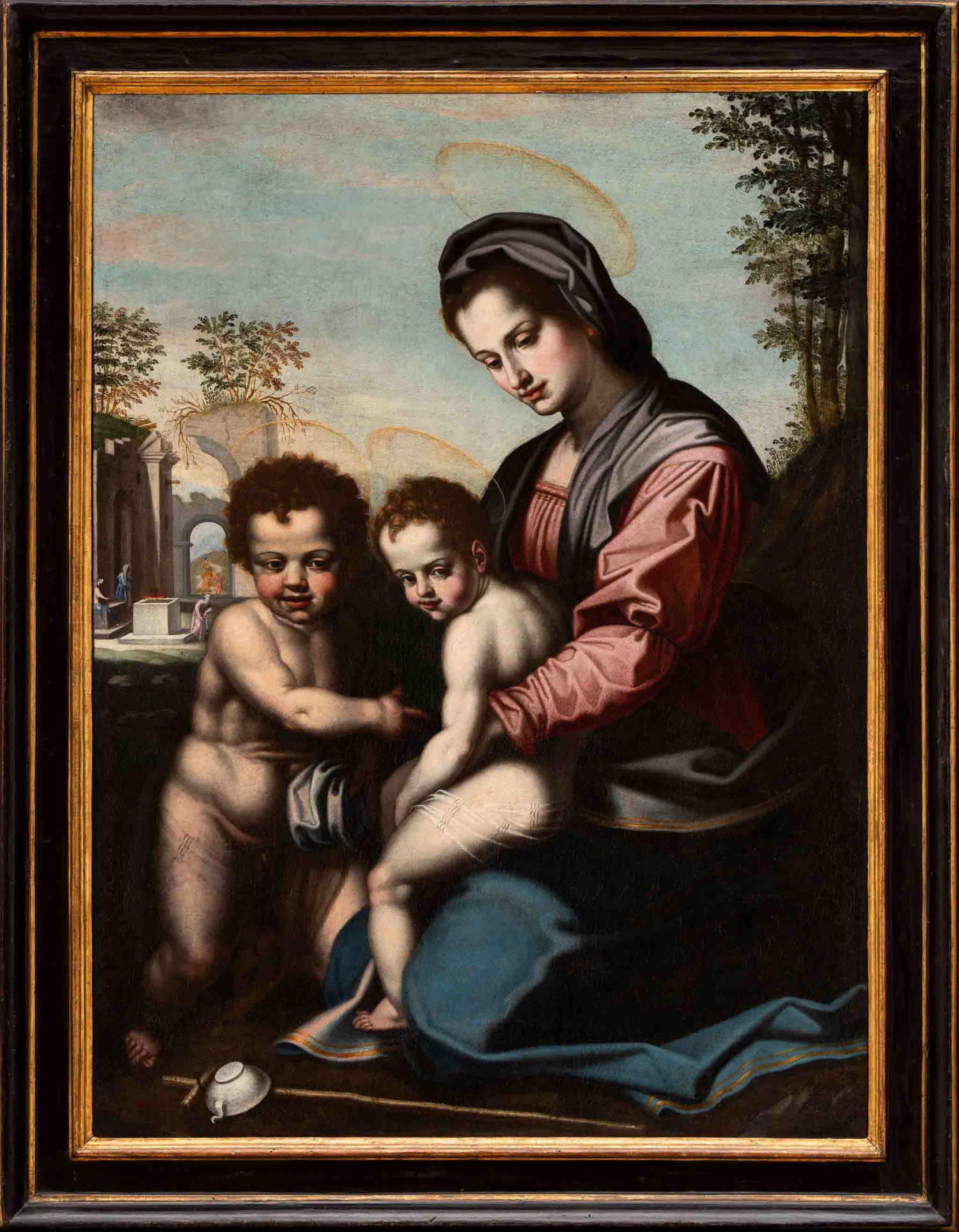
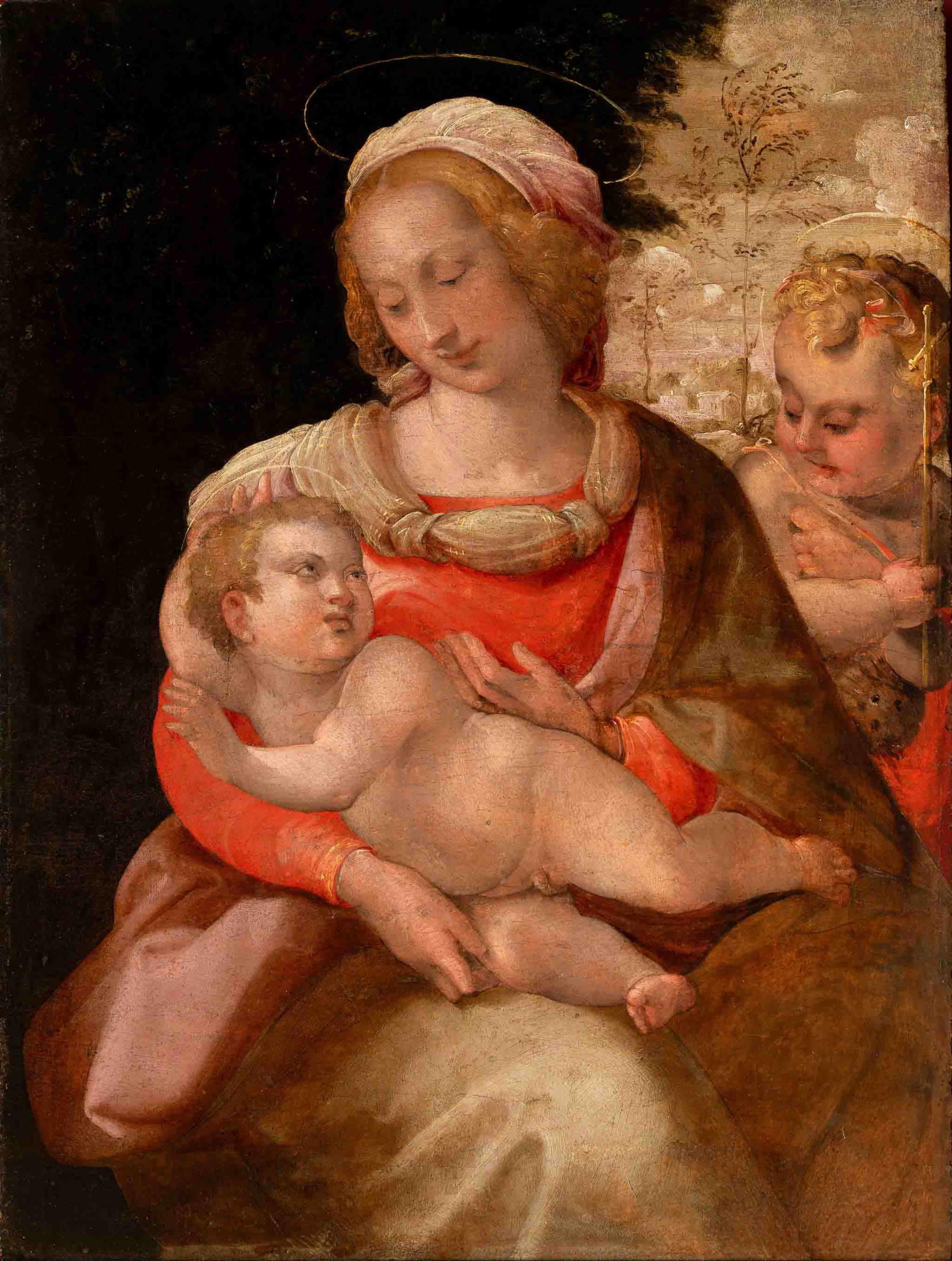

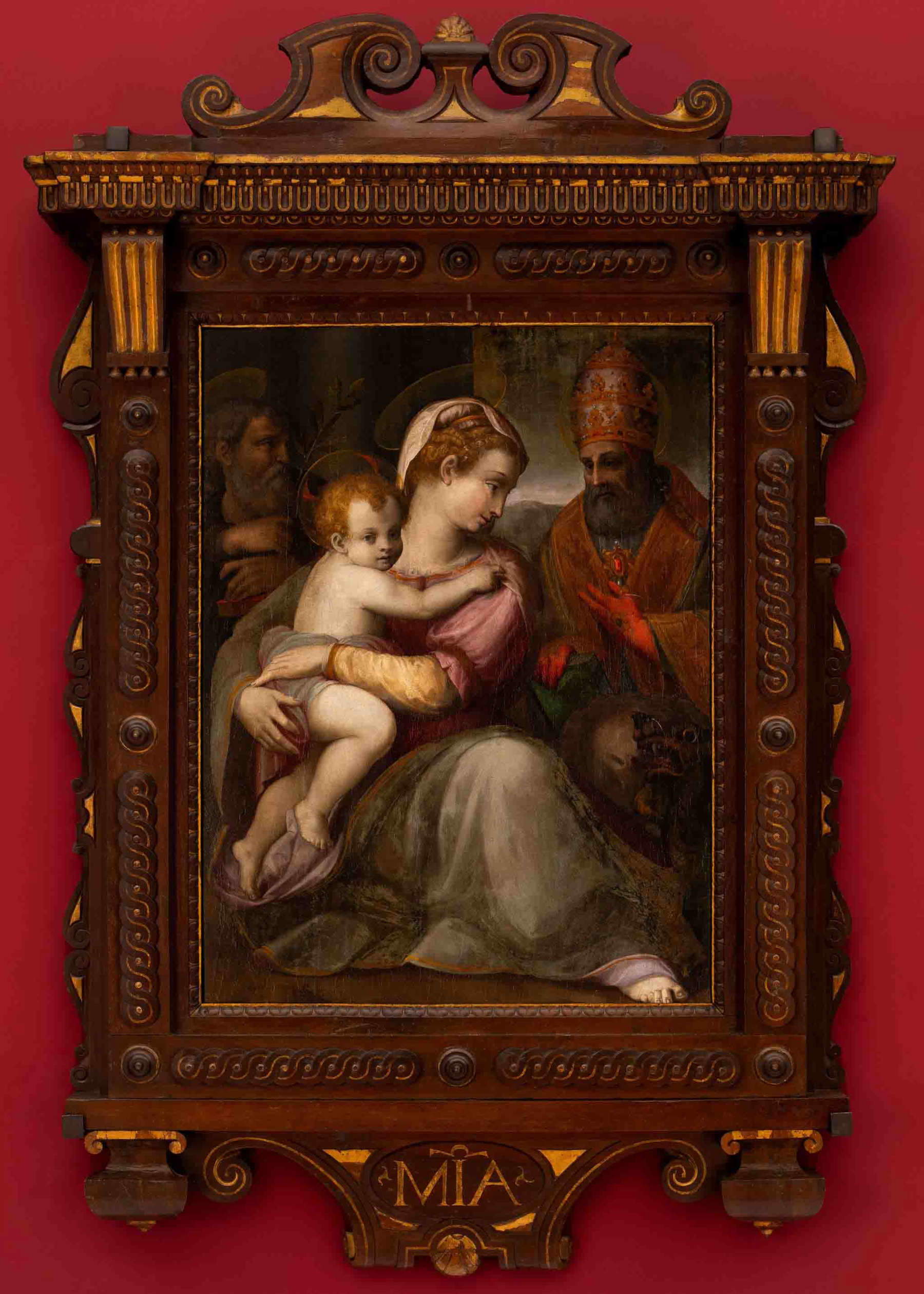
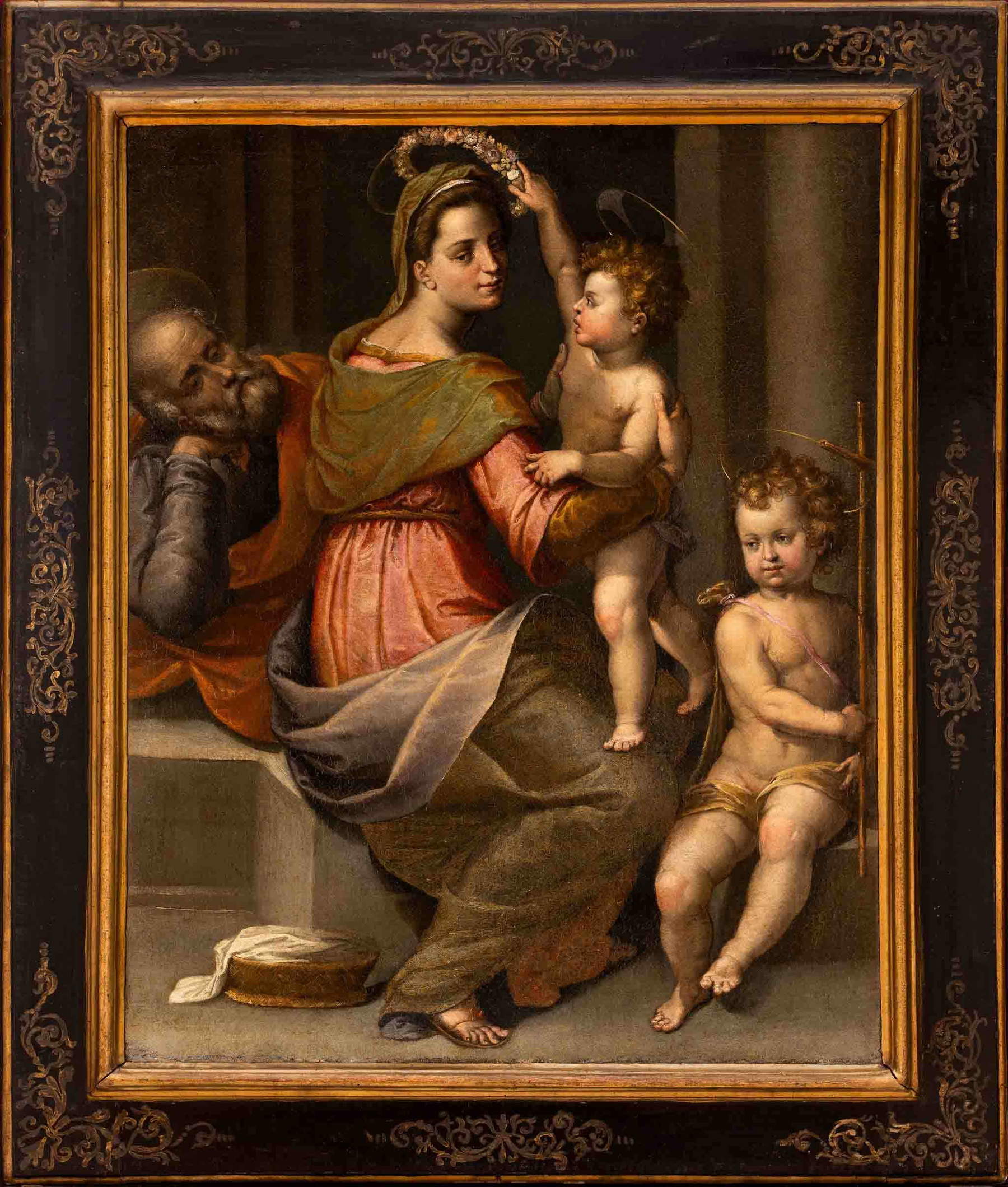
 |
| Prato, new room opens at the Museum of Palazzo Pretorio with works by 15th-century artists from deposits |
Warning: the translation into English of the original Italian article was created using automatic tools. We undertake to review all articles, but we do not guarantee the total absence of inaccuracies in the translation due to the program. You can find the original by clicking on the ITA button. If you find any mistake,please contact us.